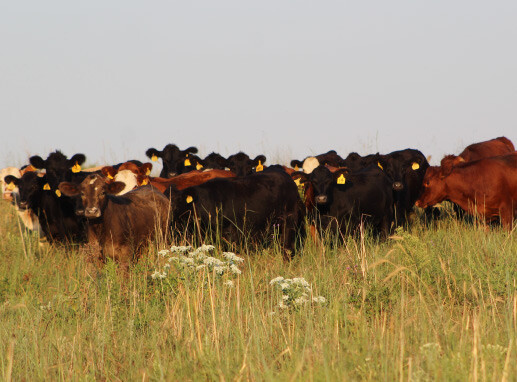Livestock Definition
Livestock are domesticated animals raised in an agricultural setting to provide labor and produce diversified products for consumption, such as, meat, eggs, milk, fur, leather and wool.
The term is sometimes used to refer solely to animals who are raised for consumption and sometimes used to refer solely to farmed ruminants, such as, cattle, sheep, goats and pigs.
The USDA classifies pork, veal, beef and lamb (mutton) as livestock, and all livestock as red meat. Poultry and fish are not included in the category, likely due to the fact that fish products are not governed by the USDA, but by the FDA. Horses are considered to be livestock in the United States.
Useful Links for Managing Grazing Lands for Livestock Production
The Great Plains Grassland Initiative (GPGI) is part of the NRCS Working Lands for Wildlife (WLFW) framework calling to conserve the last remaining iconic grassland regions in the Great Plains biome. Woody plant encroachment puts pressure on working rangelands by decreasing livestock production and increasing wildfire risk.
Woody encroachment has emerged as a global threat to grassland biome. Learn about woody encroachment in a landscape context.
The Rangeland Analysis Platform is an innovative online tool that quickly visualizes and analyzes vegetation data for the United States. Launch the fast, powerful and free platform to examine trends at pasture, ranch, watershed, or broader scales.
Kansas Grazing Lands Coalition improves Kansas grazing lands through collaborative education such as range schools, coffee shop meetings, rancher seminars, public education meetings, and videos covering management topics.
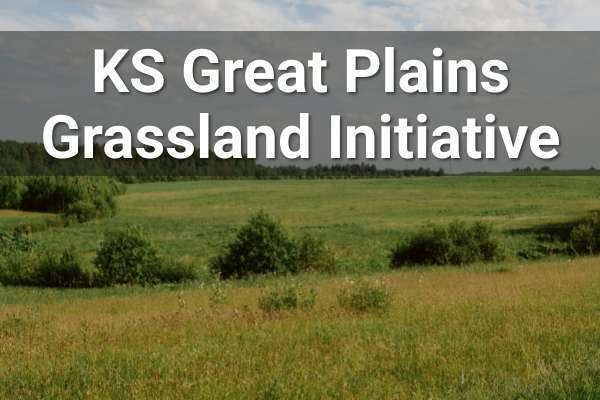
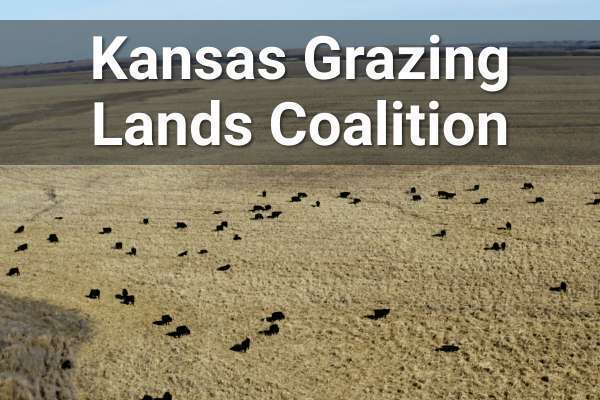
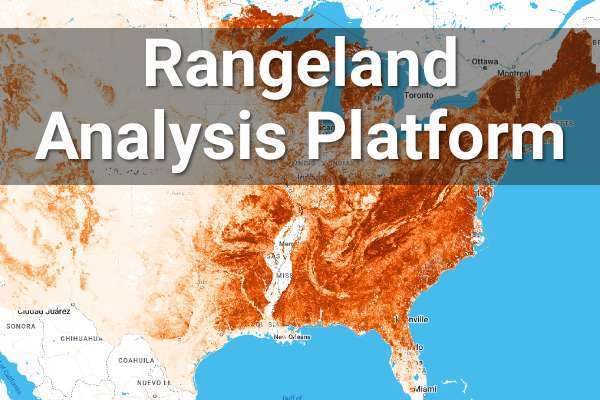
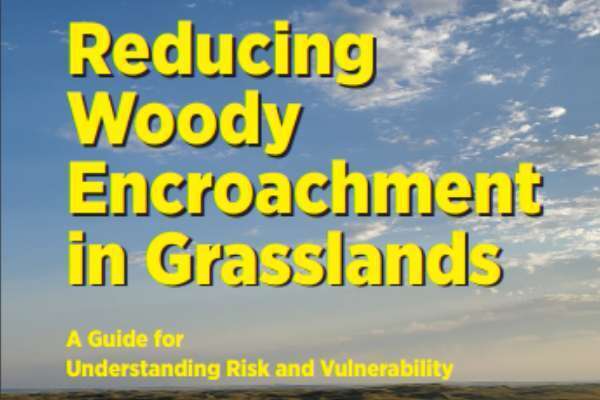
Technical and Financial Assistance for Livestock Production
A variety of technical and financial assistance options are available to producers. Your local conservation district will help you determine the best options for your farm or ranch. Some of the most widely-used programs include:
Watershed Restoration and Protection Strategy (WRAPS)
Visit the Adult Education page here on our website for details about various technical and informational workshops and events.
Beef Cattle Production
In Kansas, much of the livestock production related conservation practices are focused on beef cattle producers who are involved in backgrounder operation, stocker cattle, or finishing cattle.
Producers of other livestock have many of the same resource concerns as beef cattle producers.
Contact your local conservation district if you raise animals.
Type of Operation
Cow-Calf or Stocker Cattle
Cows produce calves that either are sold as breeding stock or feeder animals, or are fed to harvest weight and then sold to processors or consumers.
Stocker phase comes after weaning buy prior to cattle being fed to harvest weight at a feedyard. Cattle will spend several months grazing on grass.
Resource Concern
-
Access to Water
-
Water Quality
-
Plant Productivity
-
Plant Health
-
Woody Encroachment
-
Invasive Species
Practice List (Partial List)
-
Grazing Mangement Design
-
Prescribed Burning
-
Brush Management
-
Woody Residue Treatment
-
Pond Sealing
-
Fencing
-
Access Control
-
Upland Wildlife Habitat Management
*Practices are subject to change
Type of Operation
Backgrounding or Finishing Operation
Weaned calves are purchased and raised for entry into a feedlot or other type of finishing operation.
After the stockers graze and gain weight for several months, they then move to the "finishing stage" of the lifecycle. Many times it is common for finishing - the process of putting muscle and fat on a beef animal to take place in a feedyard.
Resource Concern
- Water Quality
- Nutrients transported to groundwater
- Nutrients transported to surface water
Practice List (Partial List)
- Nutrient Management
- Waste Storage Facility
- Waste Treatment
- Heavy Use Area Protection
*Practices are subject to change
Livestock Water and Aquatic Weed Control
Aquatic plants are a natural part of the aquatic ecosystem however when they occur in over-abundance they are often considered “weeds” and some control is desired. Excessive aquatic vegetation can impact water quality by impeding water flow, increasing rates of sedimentation and can even lead to fish kills following large quanity plant die-offs. Proper weed control can help manage aquatic weeds while keeping water quality in mind. The KSU Research & Extension bookstore offers a detailed aquatic plant guide for free reference or download.

